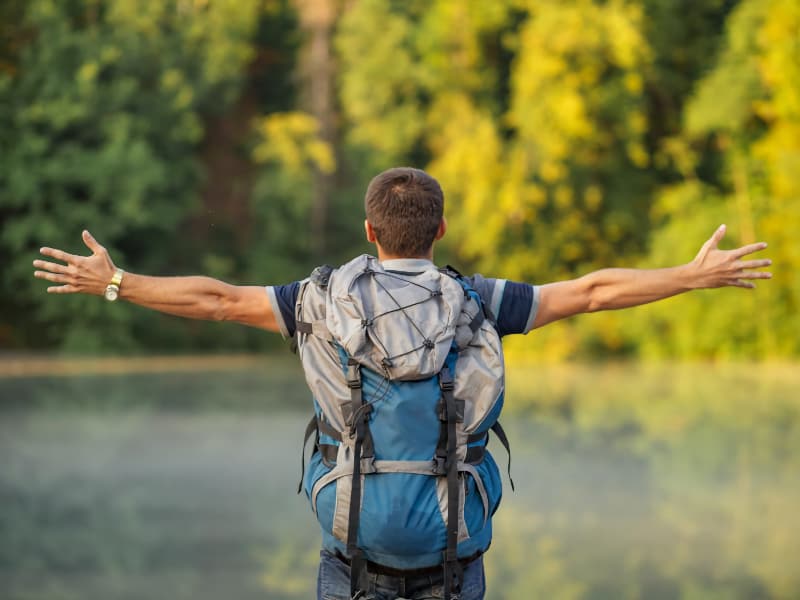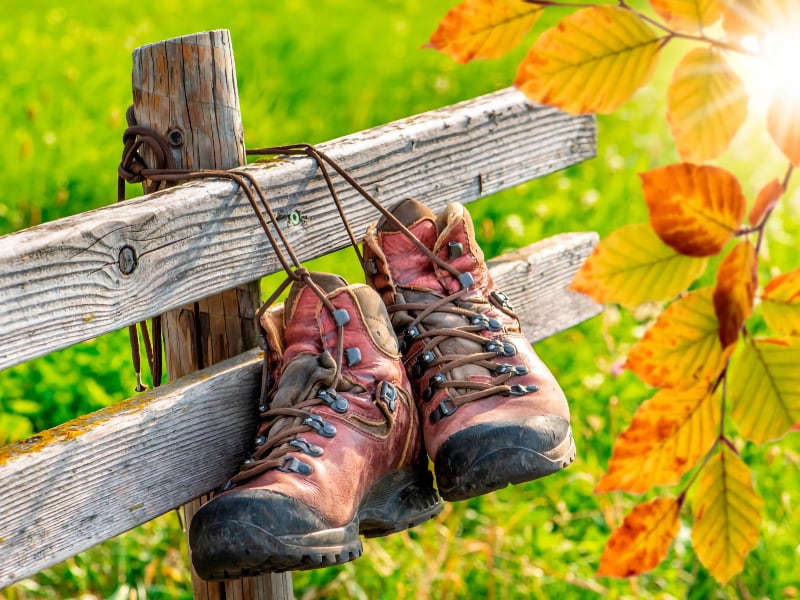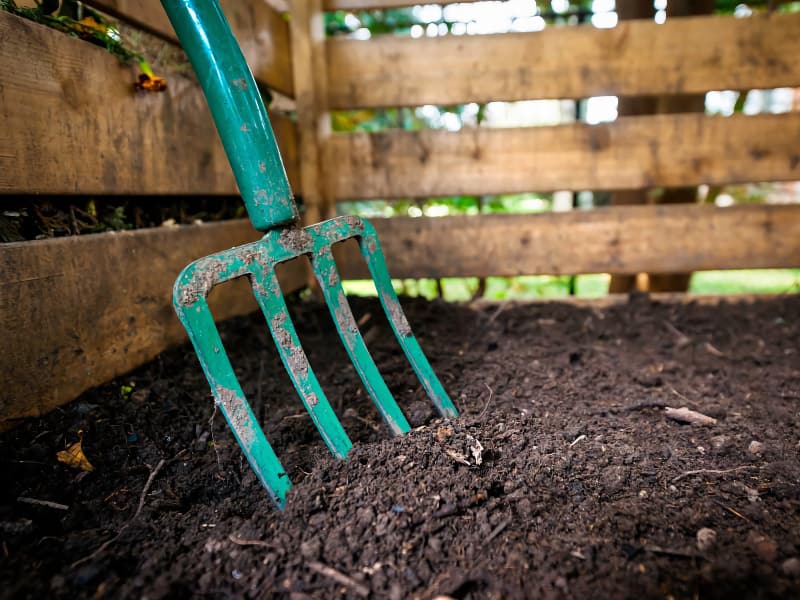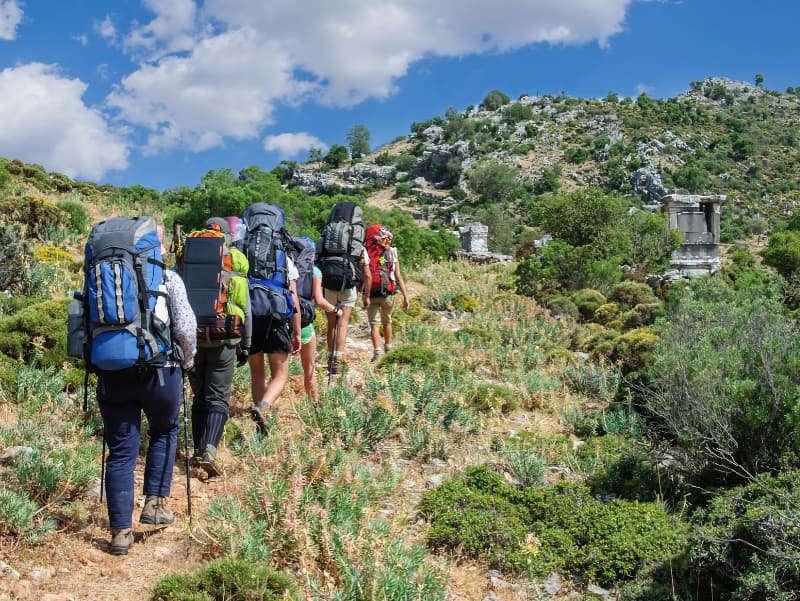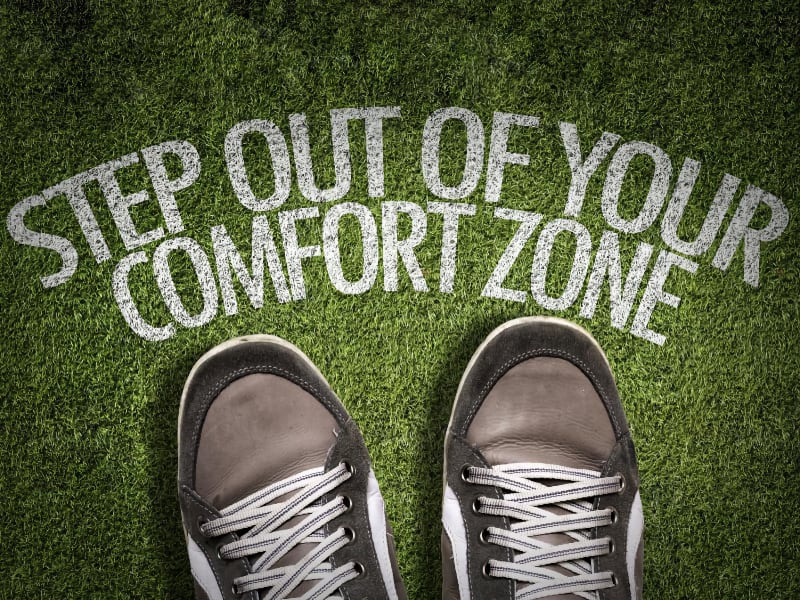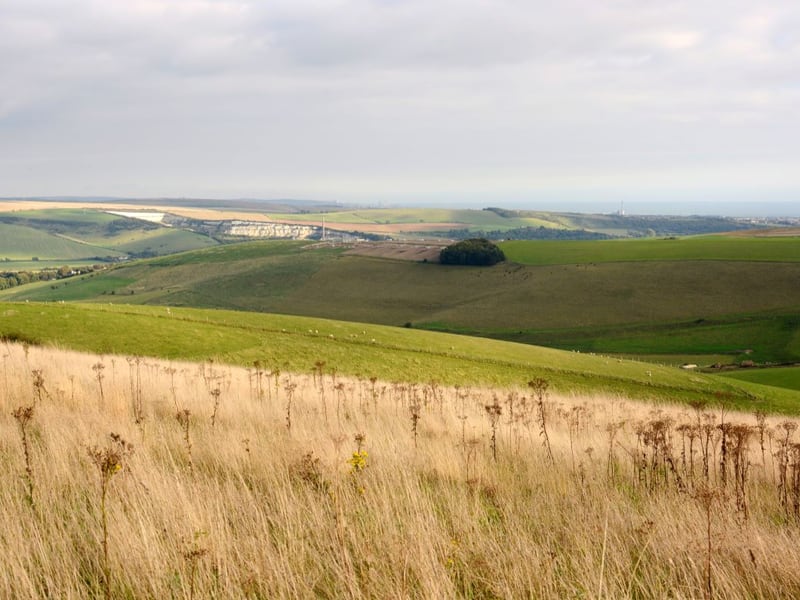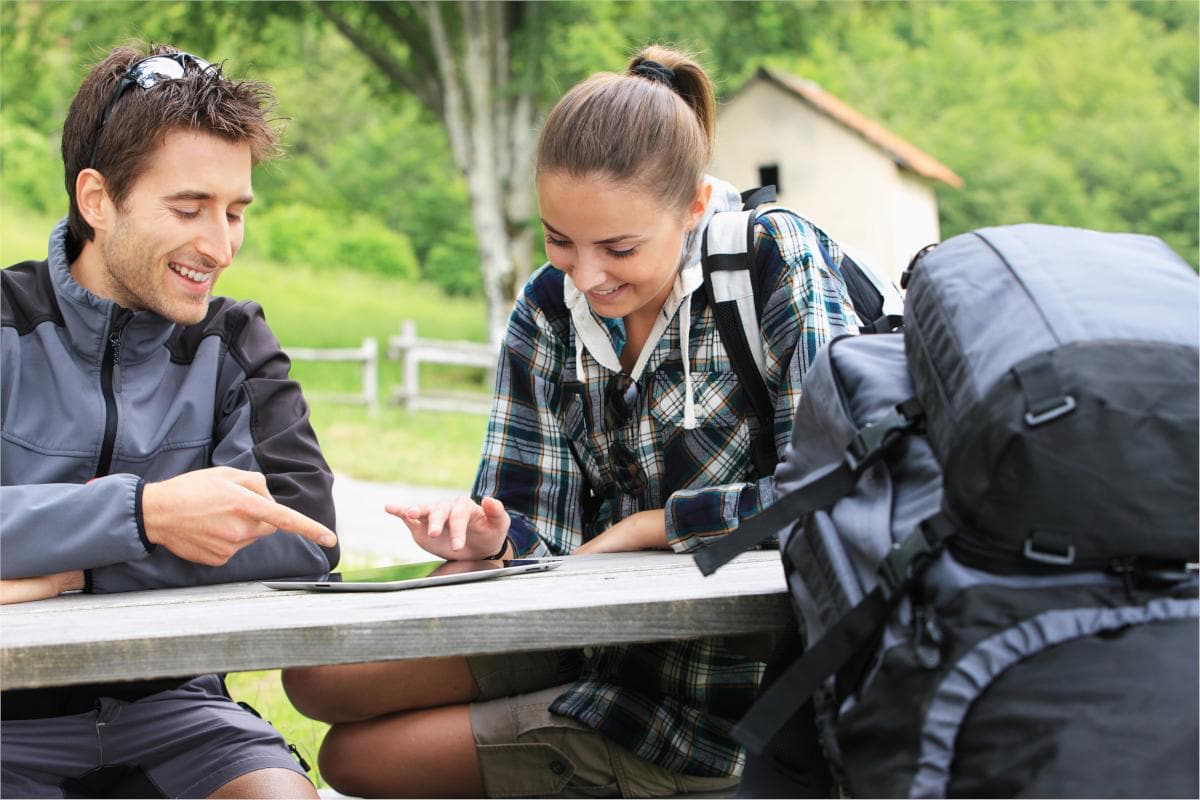
Digital devices and technology have long had the reputation of tethering us to the indoor world. However, in recent years, somewhat refreshingly, many devices and gadgets are enhancing rather than hindering our connection with nature and the outside world.
The outdoor enthusiasts among us will no doubt cherish any opportunity to explore our outside environments and be rid of the rather overwhelming digital space. However, there is reason to believe that the right tech can transform your outdoor pursuits and activities, whether it’s transforming a simple hike into an immersive and life-changing experience, or capturing precious moments in time when you’re out exploring rural scenery.
Let’s explore some of the innovative ways you can take your outdoor adventures up a notch, all while keeping the essence of nature at the centre.
Smart Route and Map Navigation
There is something quite charming and refreshing when using a paper OS (Ordnance Survey) map, but recent years have seen that become something of a rarity. Digital GPS tools built into smartphones have transformed how we explore trails and venture into the picturesque, tucked-away corners of the stunning British countryside, for example.
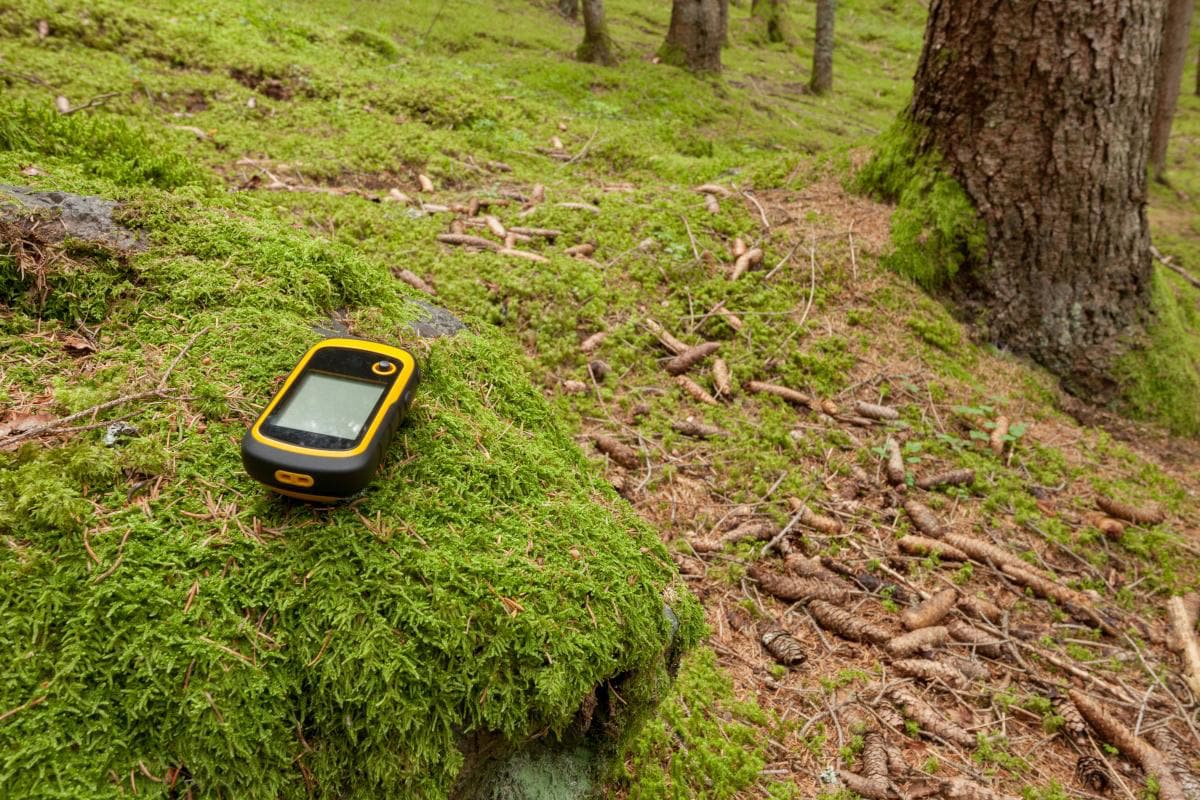
Using real-time tracking, hikers and cyclists can venture far with complete knowledge and reassurance of their whereabouts. What’s more, over time, these GPS tools don’t just show your location, but they can alert you to surrounding points of interest in case your route or plans change while on the move.
Apps like AllTrails or Komoot provide detailed trail information, elevation changes, weather updates, and granular data to help you make sense of where you’re exploring. While it’s no replacement for standard map-reading skills, these can be vital if mobile data coverage is in short supply.
Wearables and Razor-Sharp Health Data
Fitness enthusiasts are likely well aware of trackers, smartwatches and other wearables like heart rate monitors. It would be fair to say that these assets have revolutionised health monitoring and cardiovascular fitness tracking. Whether you want to track your heart rate, total number of steps, calories burned, sleep patterns, water intake, or anything in between, these devices give you a whole new level of insights and data to help you achieve your fitness goals.
Beyond smartwatches and wearables are advanced altimeters to measure elevation gain, built-in compasses and even blood oxygen sensors which can be invaluable when trekking at high altitudes. You can pace yourself more confidently and effectively, reducing the risk of overexertion and enhancing your overall experience, while still reaping all the benefits of scaling a peak or running down a trail.
Augmented Reality (AR) for Virtual Trails
As technology continues to evolve, trails can become an educational and interactive lesson in nature and history. Imagine pointing your mobile phone at a flower, bird, tree, or plant, and then receiving interesting facts, data, and information about the species. Google Lens is a great example of where image recognition can identify plants, animals and wildlife, offering an educational and interesting layer to your outdoor pursuits.
Some apps can even overlay digital information onto a real-world environment through your smartphone, enriching a hiking or walking experience and offering insights into the natural and historical world around you. Similarly, AI chatbots like ChatGPT can provide quick information about your whereabouts, but these tools do present potential security and data privacy risks, meaning that users should be careful using them constantly.
When used healthily, this technology doesn’t just improve our understanding of nature, it fosters a deeper appreciation for the natural world we live in.
Sustainable Power
Every electronic device we use – however intricate and small – relies on power, even in the outdoors. While standard charging ports can invariably be hard to come by, luckily, technology and even textiles that can be charged by solar energy is growing in availability. Battery-powered power banks with hours of available power can also be an excellent lightweight and efficient option, thus reducing walkers’ reliance on disposable batteries.
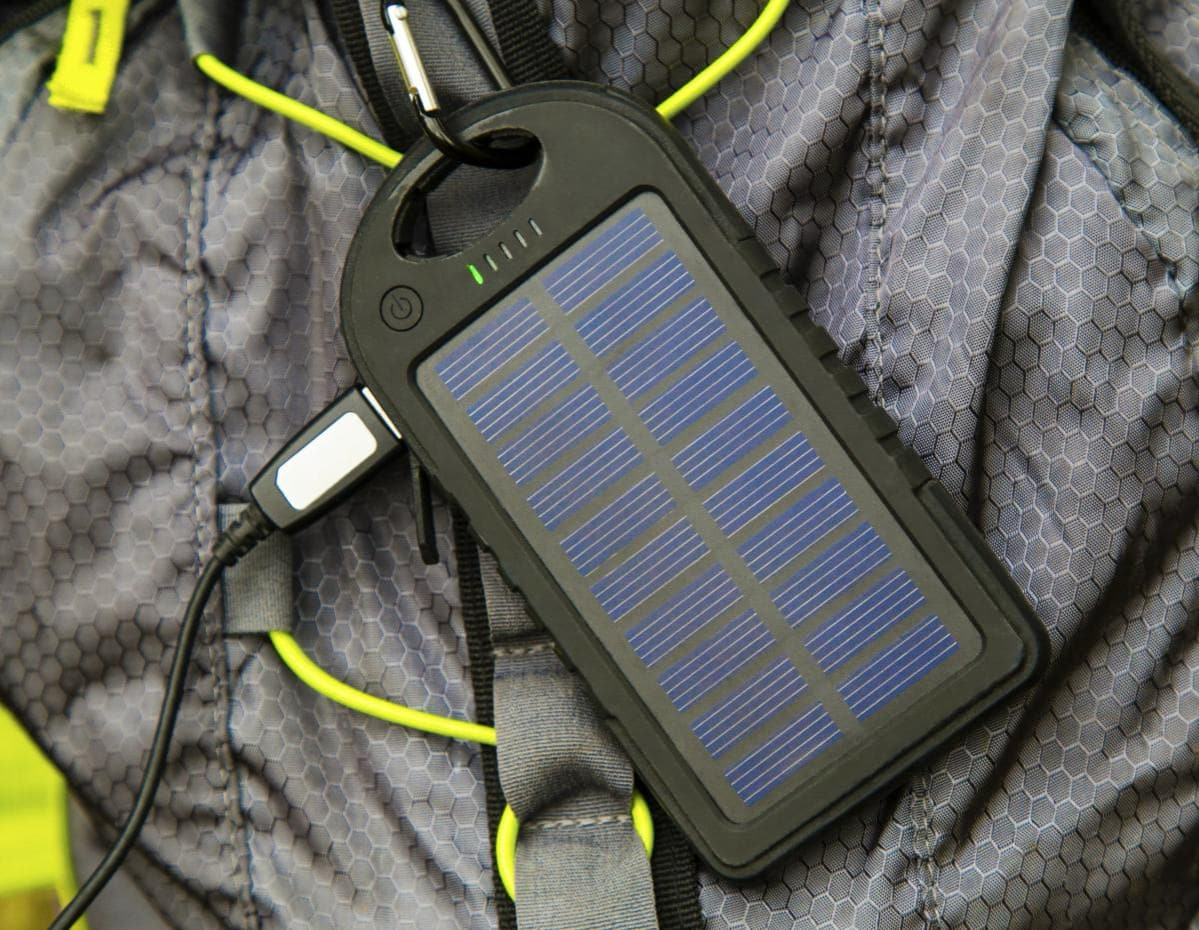
Eco-conscious readers will be reassured to know that the environmental effects of manufacturing these products aren’t as negative as you may suspect. Many manufacturers are now prioritising the use of sustainable materials and eco-friendly production methods. This durable, environmentally friendly and resilient tech can give outdoor enthusiasts the impetus to use it sparingly and not let it be a hindrance to their pursuits or the natural environment.
Tech as a Lifeline
Arguably one of the most significant perks of modern technology in an outdoor hike, long-distance walk or multi-day trip, is its contribution to personal safety. Devices like personal locator beacons (PLBs) and satellite communicators have made backcountry exploration much safer, allowing hikers and walkers to seek help immediately and confidently.
In case of an emergency, built-in SOS signalling features on smartwatches and mobile phones become life-saving assets, connecting you with rescue services. While used sparingly, it can be comforting to know that the integration of this technology into outdoor gear doesn’t have to come at the expense of walkers connecting with their surroundings.
The Digital Detox Paradox
It’s clear to see that technology offers numerous benefits for outdoor enthusiasts and those with a thirst for exercise outside of a gym or leisure centre. However, as with any technology, it’s crucial to strike a healthy balance.
The very devices that can improve our personal safety, enrich our knowledge of nature, and give us more control over our health, can also distract us from the natural world we’re trying to reconnect with. It’s worth setting clear boundaries and expectations for using tech while on a hike or trail, perhaps setting aside designated periods to ‘switch off’ and fully immerse yourself in your surroundings.
As we increasingly rely on digital tools – even if it’s once in a blue moon – maintaining essential outdoor skills can be life-saving. If a GPS device suddenly cannot get any data coverage, or if a smartphone suddenly runs out of battery, knowing your whereabouts by reading a map and compass, for example, can at least get you somewhere safe in a timely manner.
Embracing the “Walk Yourself Happy” Philosophy
While integrating technology into our outdoor pursuits isn’t a bad thing, it’s important to remember why we seek nature in the first place. Julia Bradbury’s “Walk Yourself Happy” philosophy emphasises the profound mental and physical benefits of simply walking in natural settings, which is why we should always see technology as a means of enhancing our experiences, not overshadowing them.
The Outdoor Guide offers you plenty of resources, inspiration and tips aligned with this core philosophy, from guided walks in National Parks and accessible trails to recommended pit stops and accommodation by location. For those looking to fully embrace this lifestyle, consider participating in one of the many well-being retreats featuring Julia Bradbury herself. These retreats can present an excellent opportunity to experience the power of walking and mindfully adopting technology for your benefit and convenience.
So when you plan your next hike, consider how technology can improve your experience. But remember, also, it’s in those quiet moments of unmediated connection with nature where we can truly walk ourselves happy.


